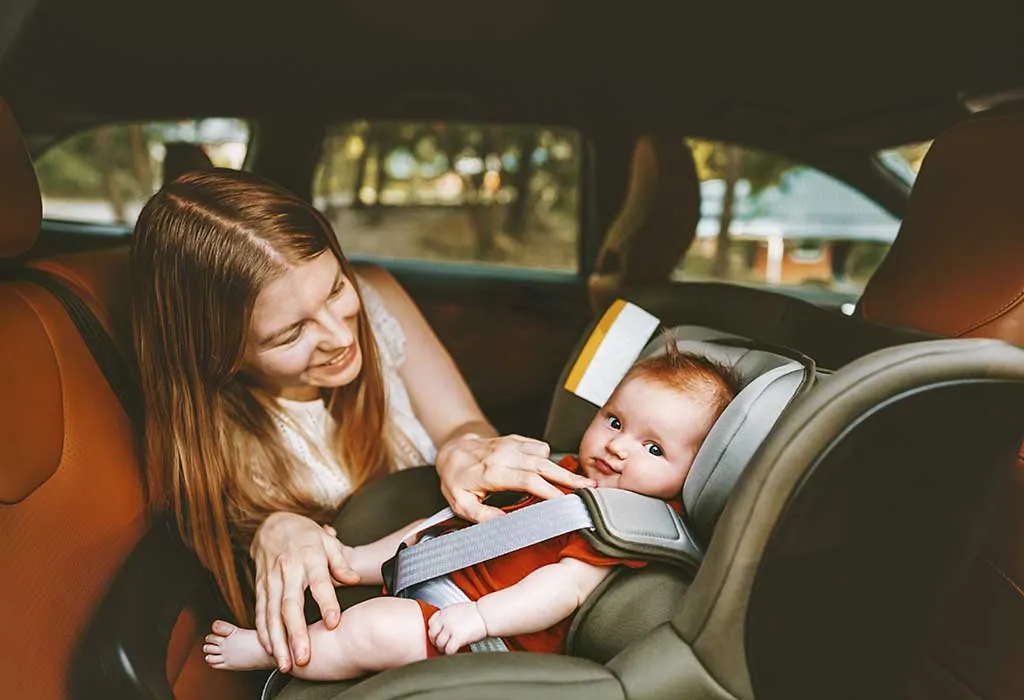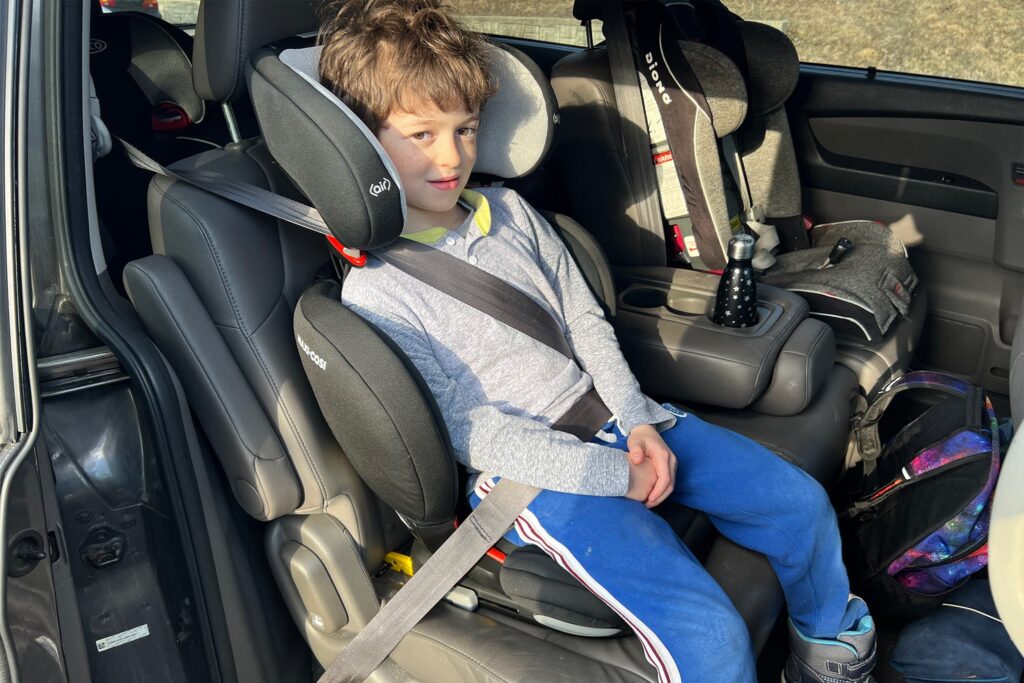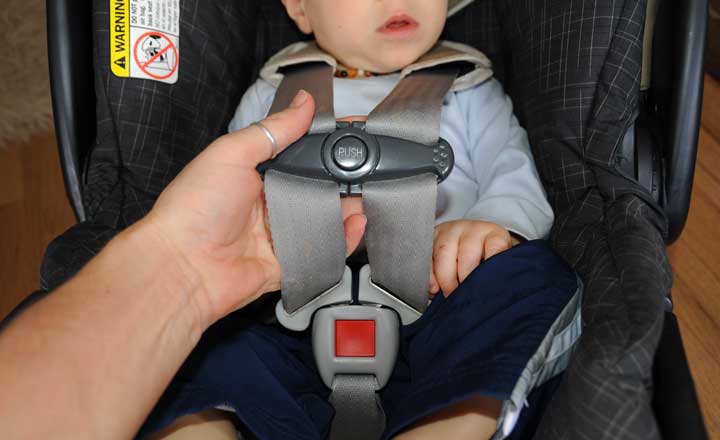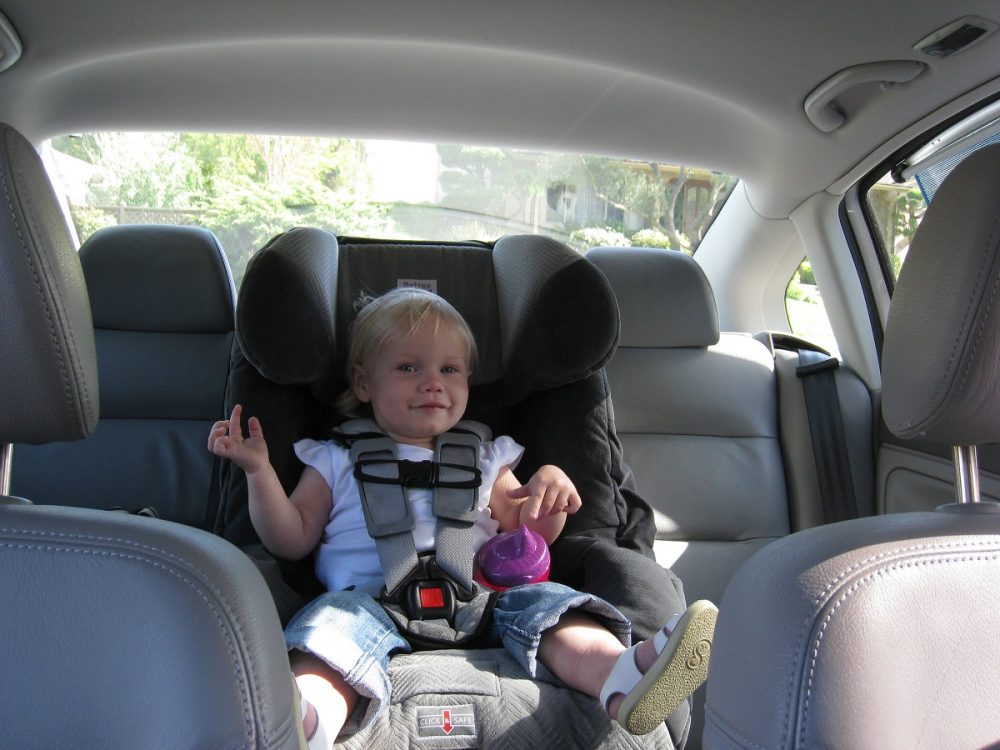
- +61 1300 704 750
- admin@parentinggenie.com.au
- PO Box 706, Townsville, QLD 4810

Genie Chat
As a parent, the safety of your child is paramount, especially when it comes to traveling in a vehicle. Navigating the world of child car seats and safety regulations can be overwhelming, but it’s a crucial step to ensure your child’s protection while on the road. In this guide, we’ll demystify child car seat guidelines, providing you with the essential information you need to keep your little one safe and secure during your journeys.
1: Infant Car Seats

For newborns and infants up to at least one year old, use a rear-facing infant car seat. These seats provide optimal support for their developing bodies.
2: Convertible Car Seats
As your child grows, switch to a convertible car seat. This type of seat can be used both rear-facing and forward-facing, adapting to your child’s needs.
3: Rear-Facing as Long as Possible
Keep your child rear-facing for as long as possible, following the manufacturer’s height and weight limits. This position offers better protection for their head, neck, and spine.
4: Forward-Facing Seats
When your child outgrows their rear-facing seat, transition them to a forward-facing seat with a harness. Continue using this seat until they meet the height and weight limits.
5: Booster Seats

Once your child outgrows the forward-facing harness seat, move them to a booster seat. This ensures proper seat belt fit and safety.
6: Seat Belt Readiness
When your child reaches the appropriate height and weight, transition them to using the vehicle’s seat belt with a booster seat until they can safely use the seat belt alone.
7: Proper Installation
It’s essential to correctly install the car seat following the manufacturer’s instructions and the vehicle’s manual. Improper installation can compromise safety.
8: Harness Adjustment

Regularly check and adjust the harness to ensure a snug fit on your child’s shoulders. The harness should lie flat and not be twisted.
9: Avoid Aftermarket Products
Avoid using aftermarket products like car seat accessories that are not approved by the car seat manufacturer. These can compromise safety.
10: Rear Middle Seat Preferred

If possible, place the car seat in the rear middle seat. It offers the most protection in case of a side-impact collision.
11: Don’t Rush Transitions
While it might be tempting to move your child to the next seat type, follow the guidelines and don’t rush transitions. Safety should always come first.
Navigating child car seat guidelines is an essential aspect of responsible parenting, ensuring that your child is secure and protected during car rides. By adhering to the recommended guidelines for each stage of your child’s growth, you provide them with the best possible chance of safety on the road. Remember, every milestone in your child’s life brings new car seat requirements, so stay informed and proactive to keep them safe throughout their journey.
Subscribe to Virtual Parenting Hub to gain access to expert advice, step-by-step guides, and resources on child safety, including comprehensive information on child car seat guidelines. Join our community of parents dedicated to prioritizing safety and well-being in every aspect of parenting.
Also Read: Safety Beyond Borders: Tips for Traveling with Kids